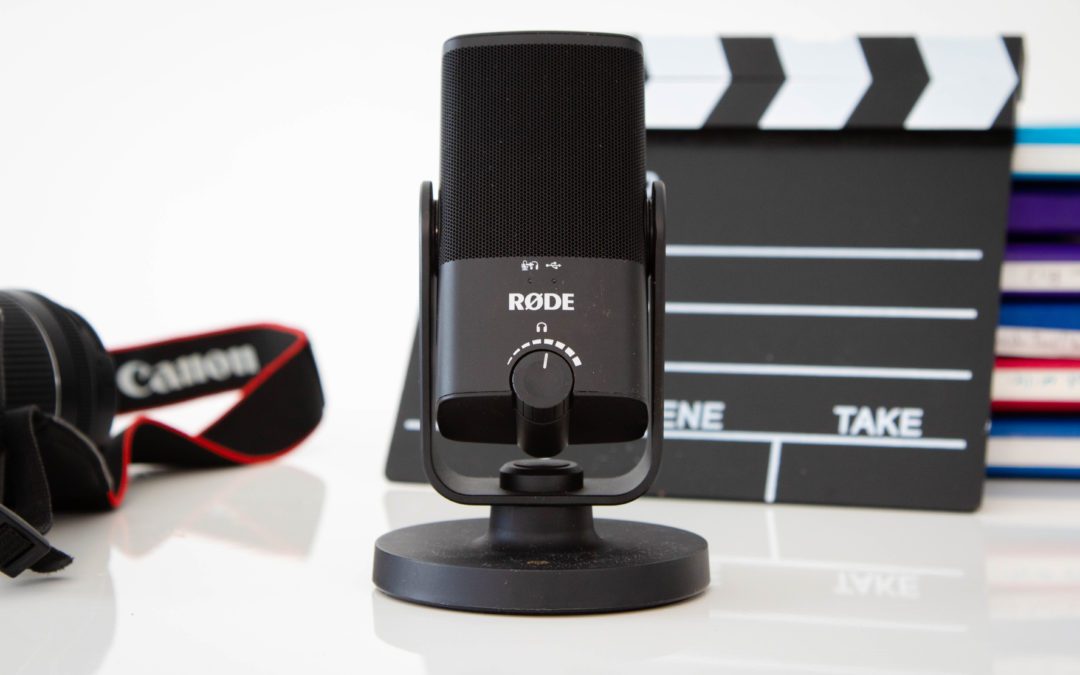Video is a powerful way to communicate with your audience, and is being increasingly used in social media, in education and in public relations.
In the same way, the tried-and-tested press release is a powerful way for PR and Communications teams to communicate with their media audience and targeted journalists. It’s still the backbone of any press conference, media event or response.
So what about bringing the two together – making a video press release?
Our Mobile Video Storytelling online training is popular with PR professionals, and in a recent course, I was asked about making a video press release.
It’s a great idea.
I told the story of working with a client who regularly issued press releases, and got little traction. We helped the team to develop a short video version recorded in their office on the smartphone and put out a 30-40 second video on social media and attached by email with the traditional press release.
The video version was published on newspaper website video pages, and shared widely on social media by the client’s members. It got far more interest and traction as a result. It did take a little longer than just writing a press release, but it was well worth it.
So what is a video press release and where do you start if you want to make one – without it costing you a mountain of time and effort?
A video press release is a short c.30 second video interview of the main speaker from your press release talking about the important news in your release. The video includes text with the name of the speaker, their organisation and the relevant logo.
So how to make one? Here are the steps.
- Working from the finalised press release, which is signed off by the team and the client, identify the person you will record a short maximum 30 second video clip with. This is usually the CEO or senior representative quoted in the press release.
- Go through the release and identify the question – just one or two – that you can ask the interviewee. This is as simple as “What is the key message in your statement today?” Remember to say to the interviewee to start with a strong opening sentence.
- Rehearse the questions and answers, and ensure that the final video is about 30 seconds or so in length – about 3 or 4 sentences.
- Get your smartphone, ideally with a tripod and external microphone, and record the interview. Remember it’s in landscape mode, steady and framed with head and shoulders in shot, and good lighting on the face.
- Do one recording as a “dry run”. This helps you review the video and see what changes are needed. It also enables the interviewee – usually a bit nervous to start – to practice their answers a bit but without learning them off.
- Now do the recording – in such a way that you can leave out your questions and just get the answers in editing. This is particularly important when you don’t have an external microphone and the sound levels between the questions and answers vary a lot.
- Edit the video, trimming the questions out. Add text and save. We use the InShot app, which is an easy to use video editing app for both Android and iPhone.
- Upload to your website, and keep the link to send out with your press release.
- Save it to your computer and send as an MP4 attachment with your release, or put it in a Drive folder where journalists can easily download it.
- Put it out on your YouTube channel, which gives it search optimisation and makes it easier for people to share.
The more you do, the easier it gets. It does take more time than a standard press release, but it’s worth it.
Aileen O’Meara is an award-winning journalist, and former RTE News Health Correspondent.
She runs her own Communications Consultancy and is a well-known media trainer.
She has developed her popular Mobile Video Storytelling as a self-guided or tutor-led online course. Click here for details.
Read her blog with recommended essential equipment for smartphone videos here
Read her blog with smartphone microphone recommendations and related blogs here

